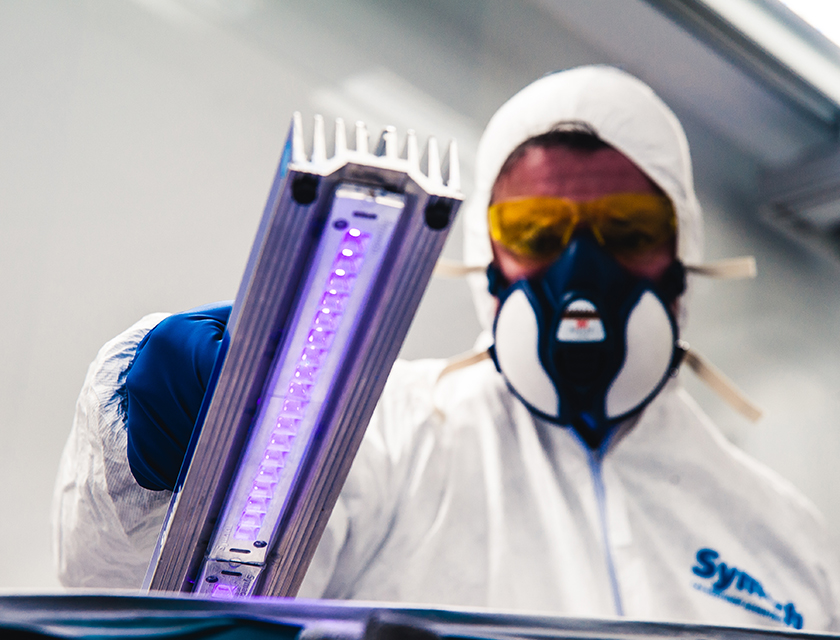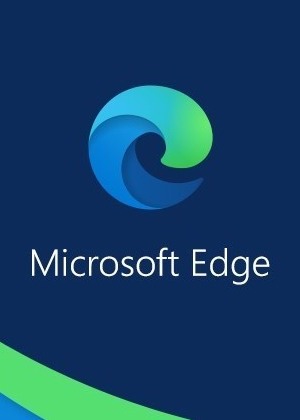Latest News

With Increased Pressures Squeezing Bodyshop Profit Margins, Is UV Technology The Cure?
The collision repair industry is fast paced. With soaring energy prices, supply chain issues, vehicle innovations and the escalating costs associated with repairs, bodyshops are under increased pressures to reduce key-to-key time and maximise profit margins. Leaving bodyshop managers scratching their heads about how they can keep up and maintain profitability.
Ultraviolet (UV) technology has gained momentum in the collision repair market for some years. However, Coronavirus curtailed its initial market growth potential. As the UK moves away from the pandemic, will we see UV technology shift into high gear? As the industry recovers, bodyshops are filling up once again.
UV light is a form of electromagnetic radiation and forms the lower end of the light wave spectrum. UV rays deeply penetrate layers and the same as what is emitted from the sun, causing our skin to darken and burn, so appropriate PPE is required to protect operators. Applied to collision repair, the UV rays react with formulated fillers and primers containing liquid monomers, oligomers and photoinitiators that "harden" or cure when exposed to UV. From this bodyshops can benefit from numerous process innovations.
One of the most significant advantages of UV technology is its curing speed. For example, traditional fillers can take up to 20 mins (at room temperature) to harden fully before allowing the job to continue through the refurb process. This time eats into profit margins holding up jobs, costing the bodyshop money. Contrast this with using UV fillers, the entire process time of curing is taken down to single-digit minutes - saving masses of time and reducing the shop's key-to-key time significantly. Requiring no additional heat or chemical reaction, all the operator has to do is expose the filler compound to UV rays using a lamp, the filler hardens and is ready for sanding in well under two minutes (in some circumstances).
Another intriguing benefit of UV technology is its energy-saving capabilities. Gas and electricity consumption are one the biggest overheads of a bodyshop - with the spray booth guzzling a large chunk of the bill. The recent surge in energy prices is rinsing profit margins out of repair jobs, and managers need to seek processes and technology that utilises less energy. This is where UV steps in. Consider the primer stage of a repair. A standard primer requires a bake cycle through the spray booth for around 30 mins, using up valuable energy - eating away at profit margins. Compare this to using a UV primer, the process is reduced to under 3 minutes and requires no bake cycle - as UV technology doesn’t require heat. Not only has the operator reduced the job time significantly, but they have removed the bake cycle completely by utilising UV technology. By removing the bake cycle, there is no lengthy warm-up for the booth - wasting unnecessary energy and time. Many UV primers are available in a one-component aerosol format that offers even greater flexibility on the shop floor. Without the need for costing bake cycles, UV primers deliver a high build (typically 100 – 120 μm) application that presents an even surface for the next stage of repair.
UV lamps utilise the latest LED technology, promoting a plug-in and play scenario. With the lamps operating with LED lights, the energy transference is instantaneous. Transferring photon energy from the LEDs directly onto the surface of the repair. Once the curing process is complete, the user then switches off the machine and returns it to its holster or stand, without concern regarding any residual heat - as there isn't any. This is a game-changer in comparison to traditional drying solutions. Traditional hand dryers required time to heat up to the right temperature to cure - eating into productivity. Plus, improperly stored after use, the hot dryer could pose health and safety risks. The instant nature of UV technology pushes bodyshop productivity and safety into a realm that traditional drying techniques couldn't dream of achieving.
But where does a Bodyshop start when looking at implementing UV technology into its refurbishment process? With a plethora of lamps and consumables, it can be a bit of a headache where to start. There is an array of lamps on the market, varying in size, power and usability, but one common factor is the price. When introducing UV into your processes, the biggest investment will be the lamp, so you must buy the right lamp for the job. One of the most unique UV lamps on the market is the UVA-LEDtronic M1 Handheld from Symach. Their handheld model features 36 LED emitters along a 50cm strip that enables the user to work over larger areas and several panels in sequence. The dimensions of the lamp differ significantly from the gun or torch styles seen elsewhere in the market, which are ideal for small or spot repairs. But the UVA-LEDtronic M1 Handheld can easily manage a range of repair sizes.
There are masses of opportunities to be unearthed with UV technology. The best place to start when beginning your UV journey is partnering with a distributor that can support the process and share their expert knowledge. Carlac is at the forefront of UV innovation, working hard to source the best tools and products that utilise this technological advancement for the collision repair market. They have already supported customers reduce their key-to-key time by nearly two hours through implementing UV processes into their bodyshops - maximising profit margins and supporting future growth.
This article was first published in the May 2022 issue of The Garage Magazine.

